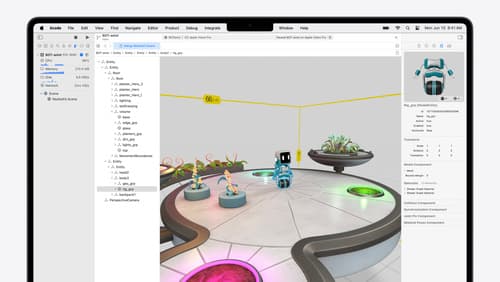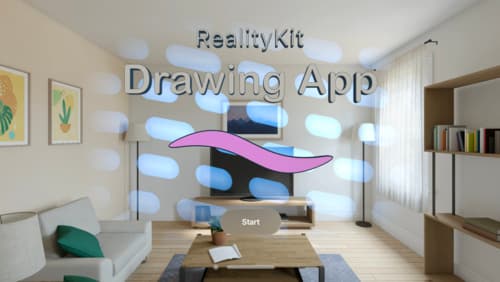how to animate the scale of a ModelEntity in realitykit?
Asked on 2024-08-31
1 search
To animate the scale of a ModelEntity in RealityKit, you can use the entity component system (ECS) approach. Here's a general outline of how you might achieve this:
-
Create a State Variable for Scale: Define a state variable that will hold the scale value. This variable can be updated to change the scale of the
ModelEntity. -
Update the Scale Programmatically: You can update the scale of the
ModelEntityby modifying the state variable. This will automatically update the frame values of your view, and the entity will resize accordingly. -
Use RealityKit's Update Function: You can call the update function on all registered systems every frame to commit the updated scale values to the component. This allows for smooth animations.
-
Add Controls for Interaction: Implement UI controls, such as buttons, to allow users to interactively change the scale of the
ModelEntity.
For more detailed guidance, you might want to refer to the session Compose interactive 3D content in Reality Composer Pro (27:23) where blend shapes and animations are discussed, which can be adapted for scaling animations.

Break into the RealityKit debugger
Meet the RealityKit debugger and discover how this new tool lets you inspect the entity hierarchy of spatial apps, debug rogue transformations, find missing entities, and detect which parts of your code are causing problems for your systems.

Build a spatial drawing app with RealityKit
Harness the power of RealityKit through the process of building a spatial drawing app. As you create an eye-catching spatial experience that integrates RealityKit with ARKit and SwiftUI, you’ll explore how resources work in RealityKit and how to use features like low-level mesh and texture APIs to achieve fast updates of the users’ brush strokes.

Optimize your 3D assets for spatial computing
Dive into an end-to-end workflow for optimized 3D asset creation. Discover best practices for optimizing meshes, materials, and textures in your digital content creation tool. Learn how to harness shader graph, baking, and material instances to enhance your 3D scene while optimizing performance. Take advantage of native tools to work more effectively with your assets and improve your app’s performance.
